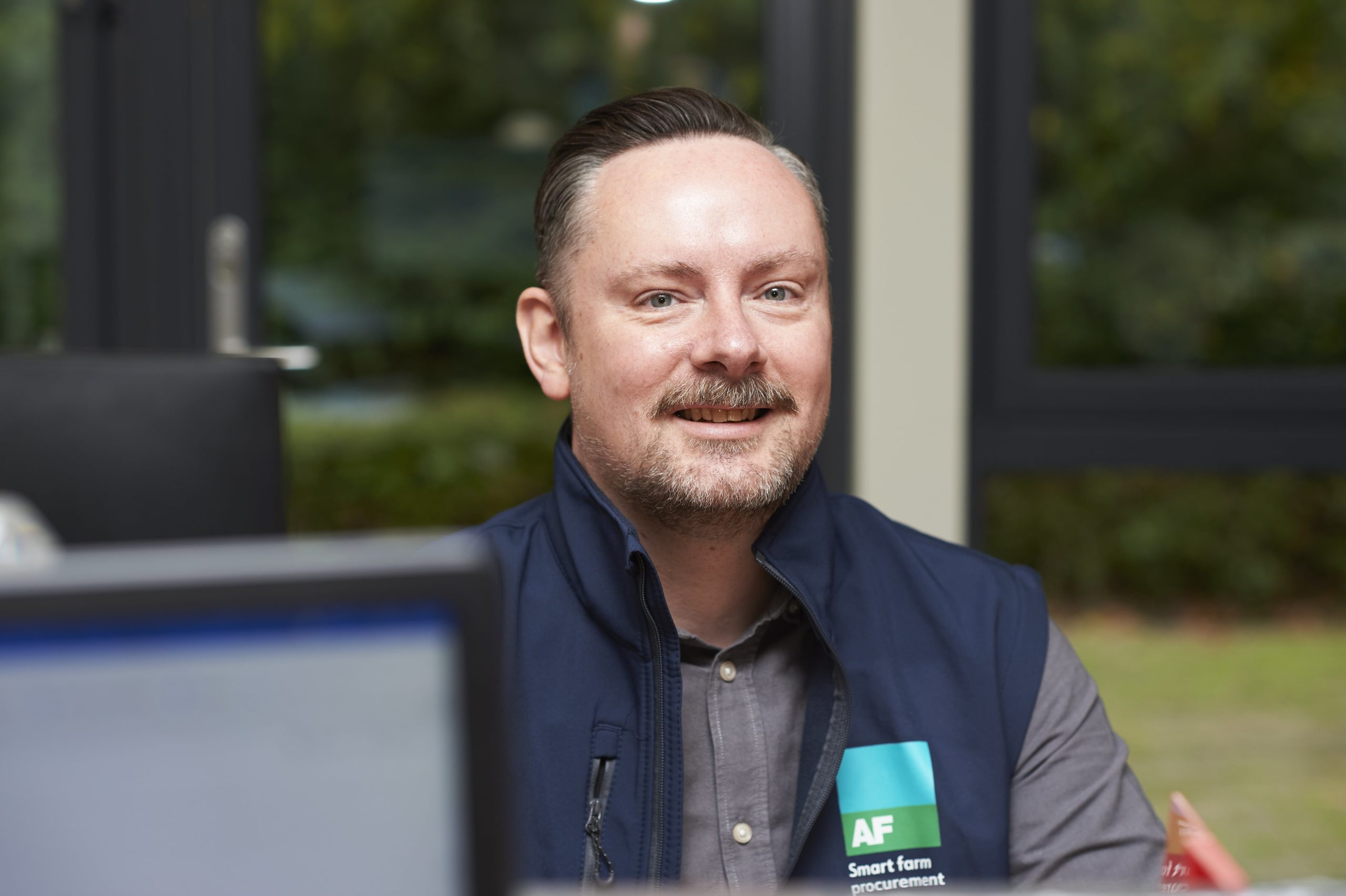News
Getting - and staying - well-connected for business
01 January 2020
Robert George from your AF Telecoms team deals with both the pain and gain from broadband and explains what he does to help Members get the best digital connections for their business.
Every day when I talk to Members the most emotive subject we discuss is broadband. And it's even more of a concern for Members with BT Openreach ceasing all standard landlines (which facilitate broadband for many) by 2025.
A slow, unreliable internet connection can cause severe problems for a rural business. I appreciate how broad these can be. There are the obvious frustrations of attempting basic activities such as sending and receiving emails and waiting for card payments to process. Also, poor infrastructure disproportionately impacts a rural business’s ability to adopt cost-saving, productivity-enhancing technologies such as VoIP (Voice over the Internet) telephony.
When a member raises the subject of connectivity, I start an analysis process to assess their options.
The first stage is always to check Openreach’s infrastructure using an online tool, inputting a property’s landline number or postcode. Sometimes I find a member’s local exchange has been upgraded, and they can switch from ‘ADSL’ basic broadband to ‘FTTC’ (Fibre to the Cabinet) or even better, ‘FTTP’ (Fibre to The Premises). If my initial checks yield a good result I then run through speed and contract options to find the best fit for the member and help them transition to the new technology.
New to the market is SoGEA (Single Order Generic Ethernet Access). A type of broadband which does not require a landline in order to provide a fibre broadband connection.
If Openreach’s infrastructure fails to deliver what is needed, all is not lost. For Members in East Anglia the next stage is to check if their property is in an area capable of receiving a line-of-sight broadband called ItsWISP, provided by InTouch Systems – this solution requires a receiver to be fitted to a tall point on a building, for example a chimney stack – pointing towards one of InTouch’s transmitters, typical speeds are around 30MBPS, and is a very reliable way of achieving an internet connection in remote areas.
If the property is outside of the ItsWISP area the best option is to look at 4G mobile broadband, this option uses the local mobile phone signal, and can yield very good results – technically 4G can reach up to 100 MBPS in areas with good mobile signal. If all the above fails, we still have satellite broadband options, but it is rare to need this.
Once a reliable broadband connection has been achieved, a world of new options opens up.
Wi-Fi networking - Getting a reliable broadband to your property is often only half the challenge. The next stage is to ensure the property has a reliable Wi-Fi network within the building itself, ensuring a strong signal in all areas. This could be a simple plug-in solution for a house or small office, or for a larger property, or a property with thick walls or foil backed insulation it may be more suitable to have a number of Wi-Fi nodes installed. It is also possible to have external grade Wi-Fi nodes for coverage outside – such as a farmyard or camping ground.
Digital telephony, including ISDN conversion - VoIP phones, which plug into a broadband connection enable far greater functionality when compared to standard phone systems. If you have an ISDN telephone system please be aware Openreach will be ceasing ISDN lines (as well as all standard landlines) by 2025. AF’s suppliers will help Members manage the transition to alternative technologies.
Digital CCTV systems - Monitor your farm stores and sheds remotely on your phone or tablet using digital cameras.
Whether you need a review of your internet connectivity, or for further information on any of the subjects described above get in touch with your AF Telecoms team.
Robert George Telecoms Business Development Specialist
robert.george@af.farm 01603 881 973